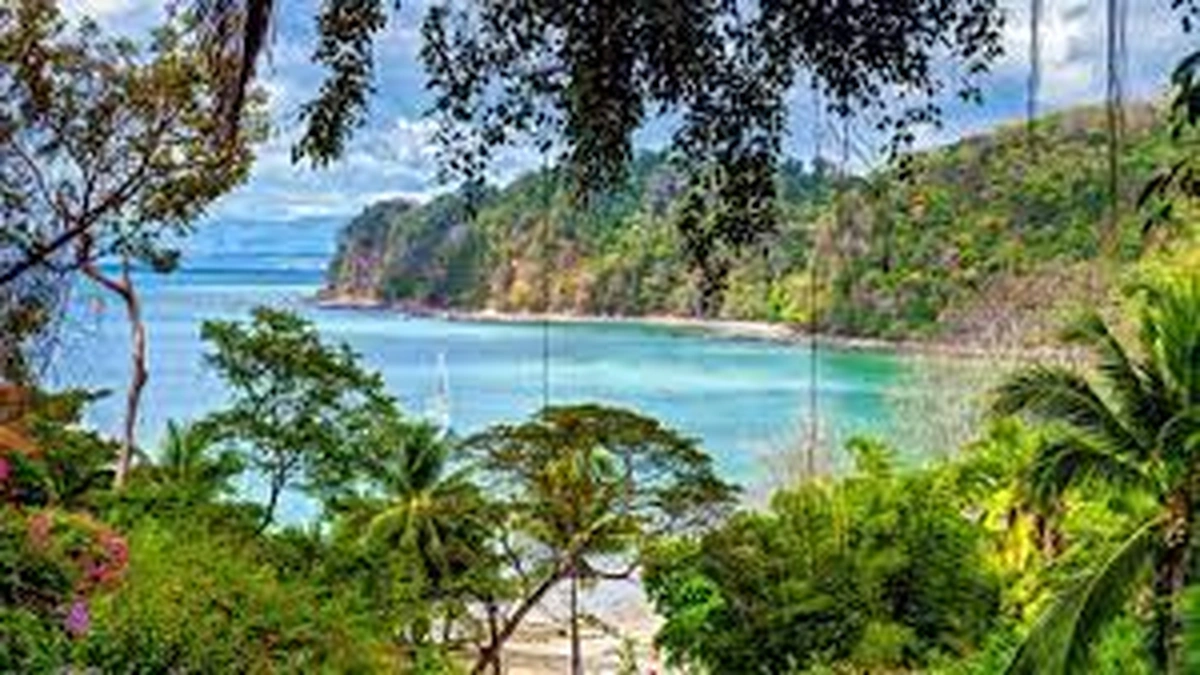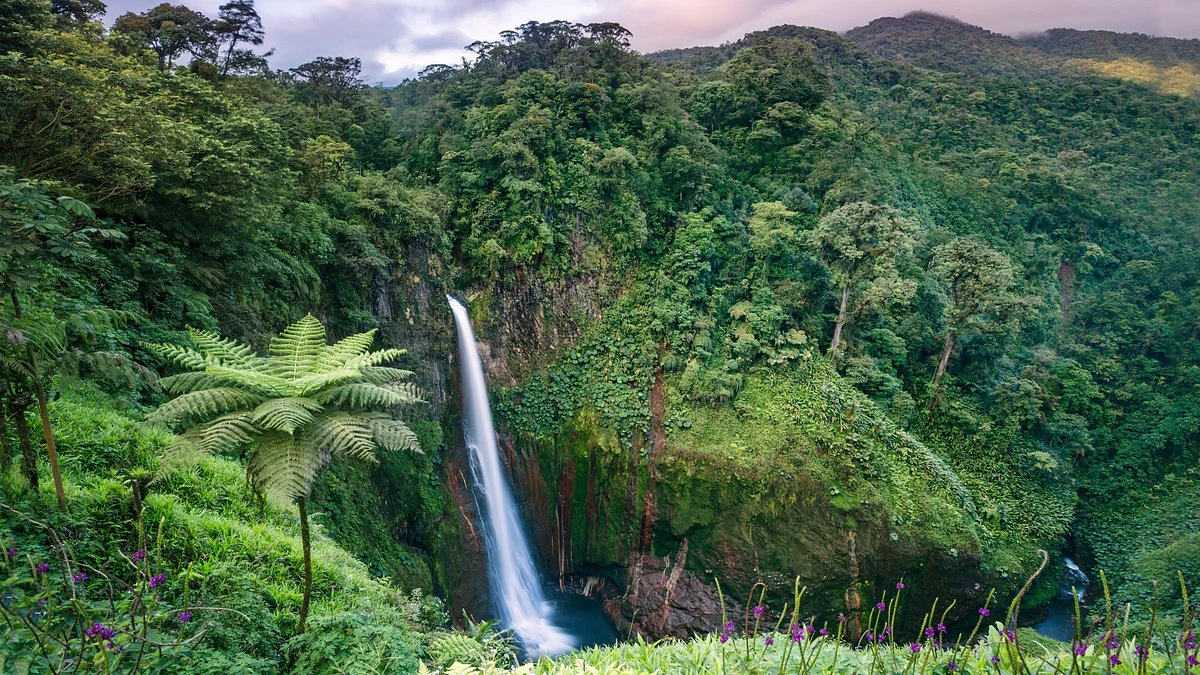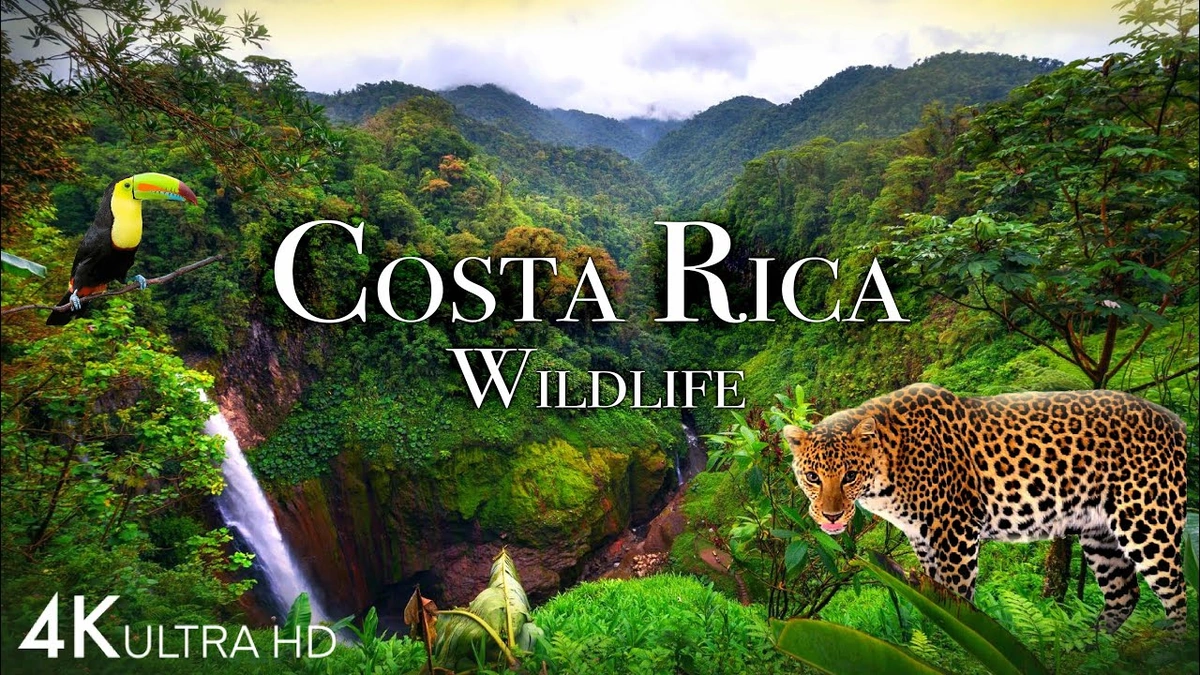Let’s have a coffee-shop chat for a minute. Imagine a country roughly the size of Haryana or Himachal Pradesh. Now, imagine this country decided, way back in 1948, that having an army was a waste of money. So, they just… got rid of it. Completely.
Sounds like a plot from a utopian novel, right? A fantasy land where they spend money on schools and hospitals instead of tanks and fighter jets. A place that runs almost entirely on clean energy and consistently ranks as one of the happiest on Earth.
Well, it’s real. And its name is Costa Rica .
For most of us in India, Costa Rica is probably a vague name from a geography lesson, a distant spot on the world map known for coffee and maybe a rainforest or two. But here’s the thing I’ve realized after digging deeper: this small Central American nation isn’t just a holiday destination. It’s a living, breathing experiment in how to build a country. And frankly, it’s a story we should all be paying attention to.
What is “Pura Vida”? (And Why It’s More Than Just a Slogan)

Before you can understand Costa Rica, you need to understand two words: “Pura Vida.”
Literally, it translates to “Pure Life.” But in Costa Rica, it’s everything. It’s “hello,” “goodbye,” “how are you,” and “everything’s cool.” It’s an answer, a question, and a philosophy all rolled into one. If you ask a local how they are, they’ll likely smile and say, “Pura Vida!”
But it’s not some fluffy, “hakuna matata” catchphrase for tourists. It’s a deeply ingrained mindset. A national state of being. It’s an ethos of optimism, of appreciating the simple things, of living a life with less stress and more gratitude. It’s about being thankful for what you have, rather than anxious about what you don’t. This isn’t just a feeling; it’s a measurable outcome. For years, the Costa Rica happiness index has put it near the top of global rankings, often outperforming nations with far greater wealth.
What fascinates me is how this cultural mindset is directly linked to the country’s biggest, boldest policy decisions. It all starts with that one, mind-blowing choice they made over 70 years ago.
The Army-less Nation | How Costa Rica Bet on Brains, Not Bullets

Okay, let’s be honest. The idea of a country without a military is almost impossible for us to comprehend. Living in a region with complex geopolitical neighbours, the army is a non-negotiable part of our national identity and security.
But in 1948, after a brief but bloody civil war, Costa Rican president José Figueres Ferrer did something radical. He took a sledgehammer to a fortress wall, symbolically abolishing the nation’s army. The new constitution, enacted in 1949, officially forbade a standing military. He declared that the army would be replaced with “an army of teachers.”
And he meant it.
That single decision fundamentally rewired the country’s DNA. Think about the “peace dividend.” All the money that would have gone into military budgets tanks, planes, salaries, pensions was instead funnelled directly into education and public health. This made Costa Rica one of the very few countries without an army . The result? Today, Costa Rica has one of the highest literacy rates in the Americas and a universal healthcare system that is the envy of many larger nations.
They chose to invest in their people’s minds and bodies instead of in weapons of war. They bet on human capital. And that bet paid off spectacularly. It created a stable, educated, and healthy populace the perfect foundation for what came next.
From Rainforests to Renewables | The Green Superpower You Didn’t Know

Here’s another statistic that just blows my mind. Costa Rica is home to nearly 6% of the world’s biodiversity, all packed into just 0.03% of the planet’s surface area. Think about that density. It’s like fitting the entire ecological richness of a continent into a single state.
But in the 1970s and 80s, they were losing it. Fast. Deforestation for cattle ranching was rampant. And then, the “Pura Vida” and “brains over bullets” ethos kicked in again. They realized their greatest national treasure wasn’t gold or oil, but their own natural world. It became a source of national pride, something worth protecting, like a legal and governmental priority.
So they pioneered a new concept: eco-tourism in Costa Rica . This wasn’t just about building a few hotels near a jungle. It was a national strategy. They created a system of payments for environmental services, essentially paying farmers to protect forests and re-plant trees instead of cutting them down. They established a vast network of national parks and protected areas, covering over a quarter of the country’s land.
The results?
- They successfully reversed deforestation, doubling their forest cover since the 1980s—a feat almost unheard of in the world.
- Their economy is now powered by tourism, with millions visiting each year to see the sloths, monkeys, and incredible birds in their natural habitat.
- They became a world leader in renewable energy. For years now, they’ve generated over 98% of their electricity from renewable sources like hydro, geothermal, and wind.
They turned their green credentials into their biggest economic asset. A lesson for all of us about sustainable living .
Lessons for India | Can We Adopt a Slice of the Costa Rican Dream?

Now, I know what you’re thinking. “This is all very nice, but India is not Costa Rica.” And you’re right. We’re a subcontinent of 1.4 billion people with complex security challenges. The idea of abolishing our military is not on the table, and our economic scale is vastly different. A truck accident attorney in San José operates in a different world than one in Delhi.
But we miss the point if we just dismiss Costa Rica’s story as an anomaly. The lesson isn’t to copy their policies, but to learn from their priorities.
What if we, as a nation, truly embraced the idea that our natural heritage is a core economic asset, not an obstacle to development? What if we started measuring our progress not just by GDP growth, but by a “Gross National Happiness” index, as Bhutan does?
The Costa Rican model shows that investing in education, health, and environmental protection isn’t a “soft” luxury. It’s a hard-nosed strategy for creating long-term stability, resilience, and prosperity. It proves that you can be both pro-planet and pro-growth. As noted by theHappy Planet Index, they have demonstrated high well-being with a low ecological footprint.
It’s a different definition of what it means to be a “developed” nation. Maybe it’s not about having the biggest army or the tallest skyscrapers. Maybe it’s about having the cleanest air, the healthiest citizens, and the richest biodiversity.
Costa Rica is not a perfect utopia. It faces its own challenges with income inequality and the cost of living. But it stands as a powerful, living proof of concept. A small country that dared to ask a different question: What if we build a society based on peace, nature, and well-being?
And that’s a question worth asking, whether you’re sitting in a coffee shop in San José or in Mumbai.
Frequently Asked Questions About Costa Rica
Do Indians need a visa for Costa Rica?
Yes, Indian passport holders generally need a visa to travel to Costa Rica. However, if you hold a valid multiple-entry visa from the US, Canada, the UK, or a Schengen country, you may be able to enter Costa Rica without a separate visa for up to 30 days. It’s crucial to check the latest regulations with the Costa Rican embassy before planning your Costa Rica travel from India .
What is the best time to visit Costa Rica from India?
The dry season, from December to April, is generally considered the best time to visit. You’ll experience plenty of sunshine, making it ideal for exploring rainforests and beaches. The green season (May to November) sees more rain but also fewer crowds and lusher landscapes.
Is Costa Rica expensive for Indian tourists?
Costa Rica can be more expensive than other Central American countries, but it’s possible to travel on a budget. Costs are comparable to parts of Europe or the US. To save money, consider staying in local guesthouses (sodás), eating at local eateries, and using public transportation.
What does ‘Pura Vida’ actually mean?
While its literal translation is “Pure Life,” the pura vida meaning is much deeper. It’s a philosophy of optimism, gratitude, and a relaxed way of life. It’s used as a greeting, a farewell, and a way to express that everything is alright. It embodies the national spirit.
Is Costa Rica safe for tourists?
Yes, Costa Rica is considered one of the safest countries in Central America. The main concern is petty theft, so it’s wise to take standard precautions like not leaving valuables unattended. The absence of an army has not led to instability; in fact, the country is known for its political stability and peace.




